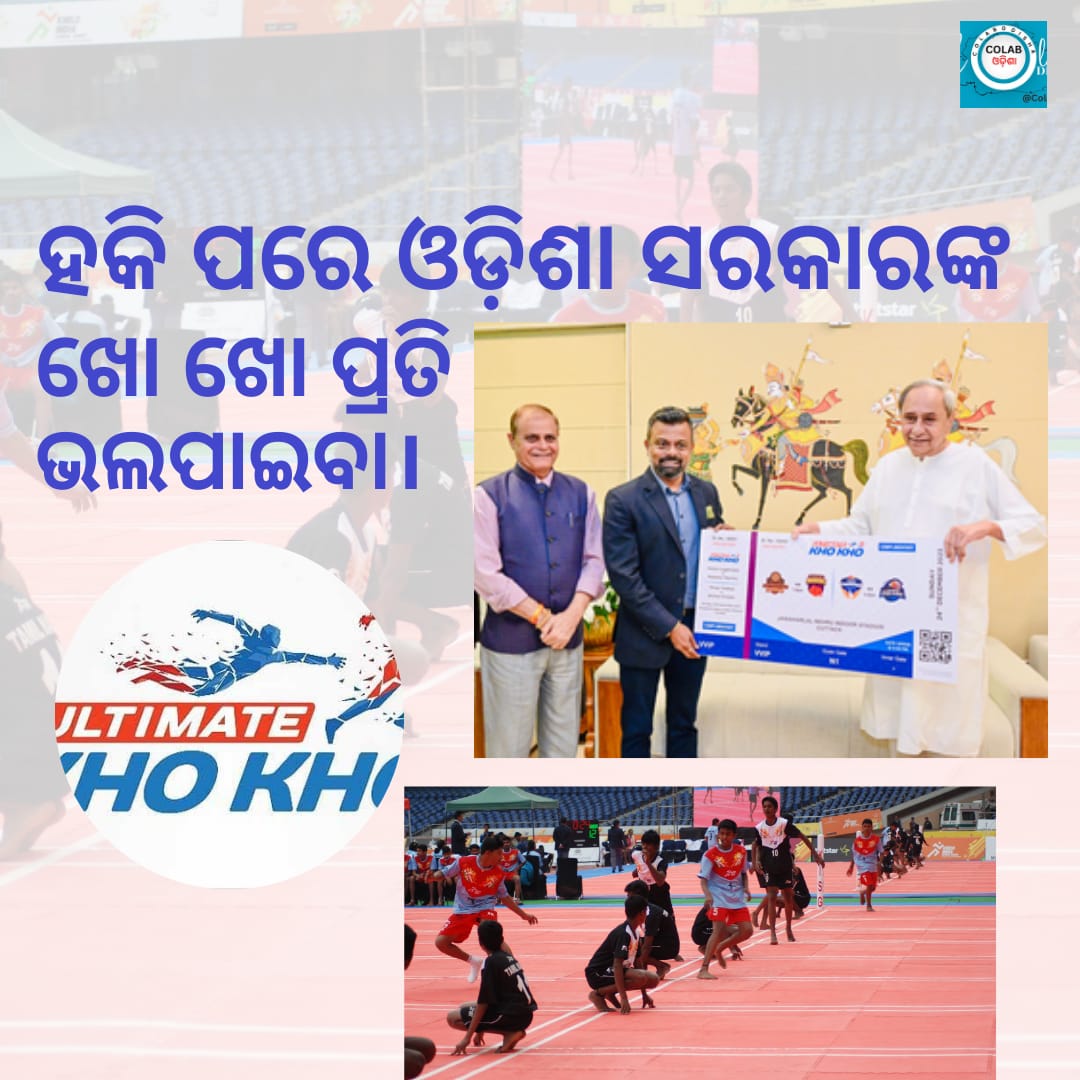After the Successful journey of Hockey,now Odisha is trying to promote Kho Kho..Which is such a good and effective way of promoting such games which are underrated in India.
After dominating the field of hockey, Odisha is now setting its sights on reviving and promoting another national treasure: Kho Kho! This dynamic tag-and-chase game, often overshadowed by more popular sports, is not just a thrilling competition but also a cultural gem with deep roots in Indian history.Odisha’s initiative to promote Kho Kho is a fantastic way to:Preserve and celebrate India’s rich sporting heritage.Provide a platform for talented Kho Kho players to showcase their skills.Make fitness and sports accessible to a wider range of people.Inspire a new generation to appreciate and participate in traditional games.Let’s support Odisha’s mission to revive Kho Kho and bring this exciting sport back to the forefront!


Why Odisha is promoting Kho-Ko
Odisha’s sporting spirit transcends hockey sticks. Witness the revival of Kho Kho, a historic tag-and-chase game rooted in Indian tradition. It’s not just a thrilling sport, it’s a cultural legacy. Embrace fitness, ignite passion, and celebrate India’s diverse sporting heritage with Odisha! #KhoKho Revival #SupportOurNationalGames
Kho Kho’s exact origin is debated, but there are two main theories:1. Maharashtra origins: This theory suggests Kho Kho originated in Maharashtra, India, in ancient times. Evidence for this includes the game’s name “Kho-Kho,” which some sources trace back to Marathi phrases like “Kho,” meaning “dig,” or “Kho-Kho,” mimicking the chasing sounds in the game. Additionally, traditional Maharashtra games like “Khatri-Pata” share similarities with Kho Kho.
Dravidian origins: This theory proposes Kho Kho emerged from Dravidian cultures in South India. The game’s resemblance to traditional games like “Gallur” (Karnataka) and “Seven Stones” (Andhra Pradesh) supports this point.Regardless of its exact origin, Kho Kho has been played throughout India for centuries and adapted in various regions. It gained national recognition in 1961 when it became part of the Indian National Games.

